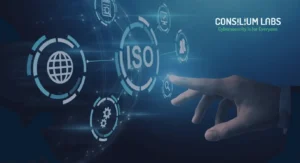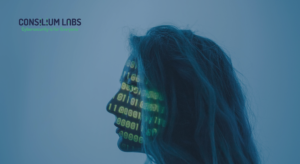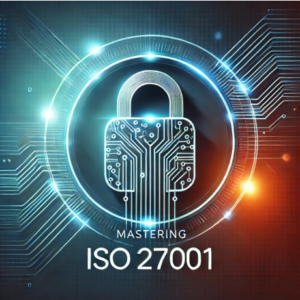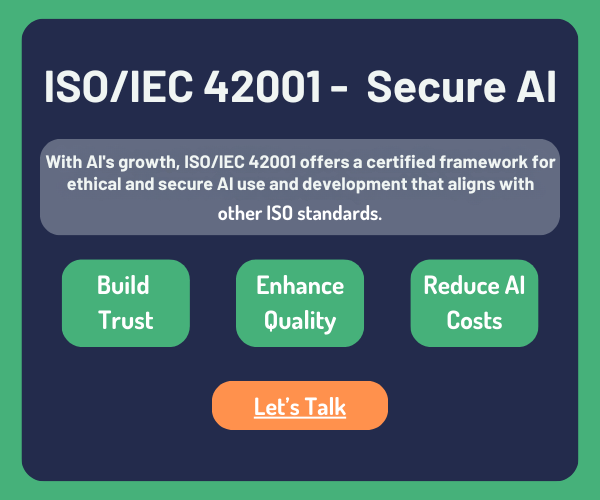In this article
What is SOC 2? A Non-Boring Guide for SaaS Companies
- Sajjad Syed
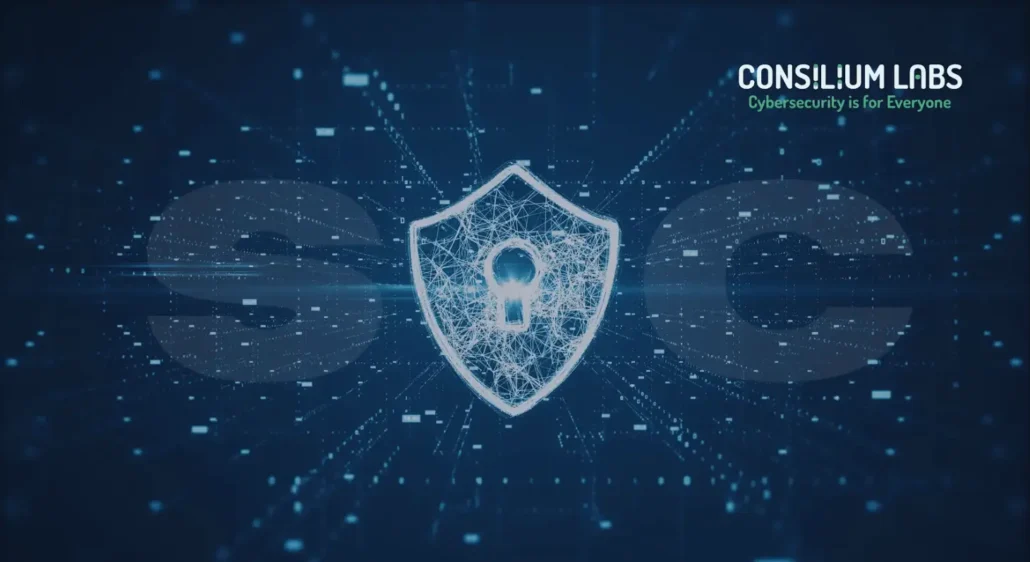
Introduction: SOC 2 Is More Than a Checkbox
If you’re in SaaS, you’ve probably been hit with a security questionnaire that asks: Are you SOC 2 compliant? And if you weren’t ready, it likely slowed down a deal or raised new concerns with an enterprise buyer.
But here’s the thing: SOC 2 isn’t just about “looking good” on paper. It’s about proving that your company has the right controls in place to protect client data—intentionally, consistently, and transparently (AICPA, 2023).
At Consilium Labs, we believe SOC 2 should be treated as a strategic lever, not a barrier. In this article, we’re unpacking what SOC 2 is, how it impacts SaaS businesses, and why smart, modern companies are embracing it early—not as an obligation, but as a competitive edge.
What is SOC 2, Really?
SOC 2 (System and Organization Controls 2) is a compliance framework developed by the American Institute of CPAs (AICPA) to evaluate how organizations manage customer data across five Trust Service Criteria: security, availability, processing integrity, confidentiality, and privacy (AICPA, 2023).
It’s designed specifically for technology-driven companies, particularly SaaS providers, who store or process data in the cloud. The end goal is to demonstrate to clients that you’ve implemented processes and controls that ensure their data is secure, your systems are reliable, and privacy is respected.
Why SOC 2 Matters for SaaS Companies
Compliance used to be something only large enterprises had to worry about. Not anymore.
Today, even lean startups face security questionnaires from enterprise buyers. And the absence of SOC 2 can kill deals or delay growth.
Here’s why it matters:
- Trust is currency. SOC 2 is a third-party attestation that your company is trustworthy with data.
- SOC 2 unlocks growth. It helps you pass security reviews and win competitive bids (Vanta, 2023).
- It builds operational discipline. SOC 2 requires processes and controls that strengthen your business as it scales (Cloud Security Alliance, 2021).
In short, SOC 2 isn’t just a “compliance win”—it’s a go-to-market advantage.
ISO 42001 is built entirely on the foundation of a functioning AIMS. Certification requires your organization to demonstrate a structured, auditable approach to:
- AI governance and accountability
- Risk and impact assessment
- Bias and fairness controls
- Human oversight and intervention
- Lifecycle documentation and traceability
- Data quality and security
- Continuous learning and system improvement
Without AIMS in place, organizations simply cannot meet the baseline requirements for ISO 42001 certification (UNESCO, 2023).
Inside the 5 Trust Service Criteria
SOC 2 audits are grounded in the Trust Service Criteria, which define the scope of what your controls need to address (AICPA, 2023):
1. Security
Protecting your systems and data from unauthorized access. Think firewalls, access controls, and incident response.
2. Availability
Ensuring your systems are available when promised—with resilience, redundancy, and uptime commitments.
3. Processing Integrity
Making sure your systems process data correctly, completely, and without delay. This is vital for platforms that handle financial or transactional data.
4. Confidentiality
Safeguarding sensitive business and customer information, often through encryption and access controls.
5. Privacy
Managing personal data in line with applicable privacy regulations like GDPR or CCPA.
You can choose which criteria to include based on your service model, but Security is always required.
What the SOC 2 Process Actually Looks Like
The SOC 2 journey can be broken down into four key phases:
1. Readiness Assessment
Identify gaps in your controls, policies, documentation, and tooling.
2. Remediation
Fix gaps and implement missing pieces. This often involves centralizing logs, writing policies, and rolling out security features.
3. Audit (Type I or Type II)
- Type I: A snapshot in time
- Type II: An audit over 3–12 months of actual control performance (AICPA, 2023)
4. Final Report
You receive a formal SOC 2 report issued by a licensed CPA firm, which you can share with clients under NDA.
Pro tip: Most startups start with Type I and move to Type II later (Vanta, 2023).
How Consilium Labs Simplifies the Journey
At Consilium Labs, we’ve redesigned the audit experience for SaaS teams. No more checklists and chaos. Instead, we bring:
- GRC-Tool Integration: Less manual work, more real-time insights
- Clear Roadmapping: Know exactly what to fix and when
- SaaS-Aware Auditors: We understand the speed and structure of modern dev teams
- SLAs That Matter: We deliver what we promise—on time, every time
By blending automation, precision, and proactive support, we help you turn compliance into a growth asset, not a burden.
The Bottom Line
SOC 2 isn’t a box you check once. It’s a signal to the world that your organization is secure, mature, and ready to scale responsibly.
Whether you’re closing your first enterprise deal or laying the foundation for IPO readiness, SOC 2 can be the launchpad for trust and growth.
Ready to simplify your SOC 2 audit?
Let’s talk.
Book a discovery call with Consilium Labs today and turn compliance into confidence.
Related Articles
Let's get in touch
Start your audit now. Achieving cybersecurity audit can be complex. We have made it our mission to simplify the process, giving you access to the professional expertise you need to prepare your company for the future. Get in touch with us today!


